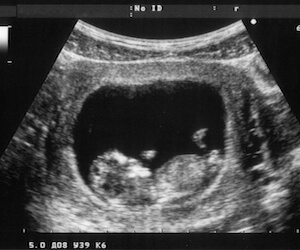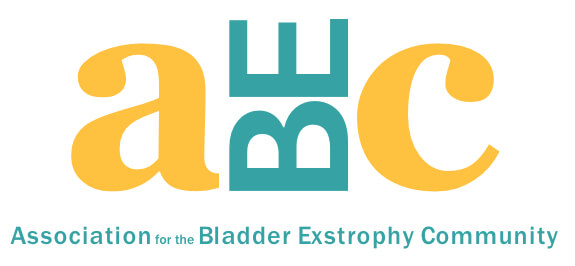What Causes Bladder Exstrophy?
The condition of exstrophy occurs during the development of the embryo (the name given to the baby during this stage) very early in the pregnancy, about 4 to 5 weeks after conception. The cause and nature of the faulty development is not exactly certain. It is 4 to 5 weeks after conception that the various organs and different types of muscles and tissues of the body begin to form from layers of cells that separate, divide and fold. One theory suggests that something goes wrong during this early folding and separation, causing the cloacal membrane to fail to close, leaving the bladder outside of the abdominal wall. A second theory proposes that the layer of skin which forms over the bladder at this stage is thin and unable to hold in the bladder. It pulls apart, again leaving the bladder inside out.


How is Bladder Exstrophy Diagnosed?
Sometimes exstrophy is diagnosed when a pregnant woman has an ultrasound. The radiologist might notice the bladder is not full. But unborn babies pee often, making the bladder hard to see, and it is easy to miss seeing exstrophy. That is why many babies are diagnosed after they are born. Because the bladder and other structures are exposed on the outer surface of the body, bladder exstrophy is seen right after birth. Sometimes the diagnosis of exstrophy is not made right away, because it is a rare defect that most healthcare providers have not seen before. Sometimes it will take a specialist to confirm the diagnosis and to tell if the baby is a boy or a girl.
